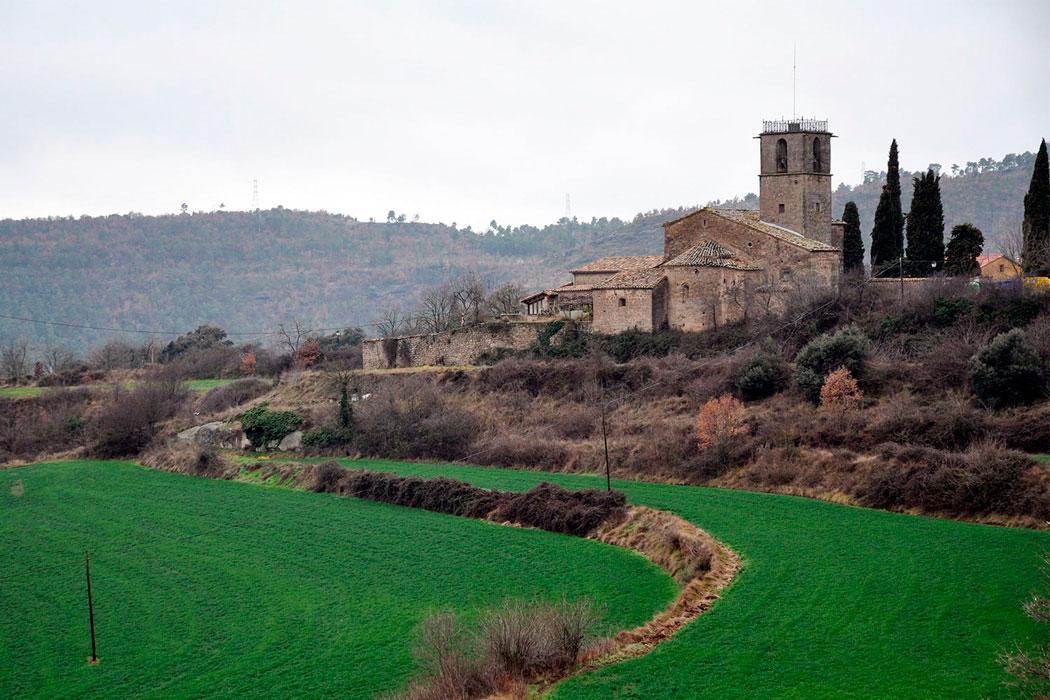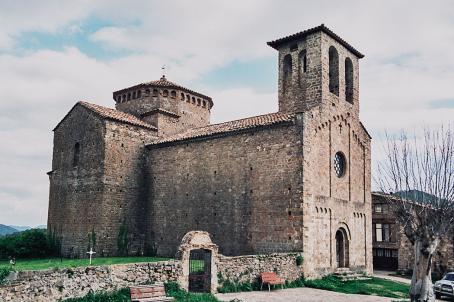Canònica de Santa Maria de Lluçà

The church of Santa María de Lluçà has its origins in the territorial reorganisation carried out in a border area between the lands in Islamic hands and those that had already been recovered.
About this building
The community reached its peak at the end of the 13th century. It suffered the effects of the earthquakes of the 15th century, which also affected other parts of the monastery. The cloister is small and has an irregular layout. It has a great variety of very interesting decorative elements, both in the capitals themselves and in the respective abacuses.
For more information about this building visit https://www.monestirs.cat/monst/osona/cos10mari.htm





